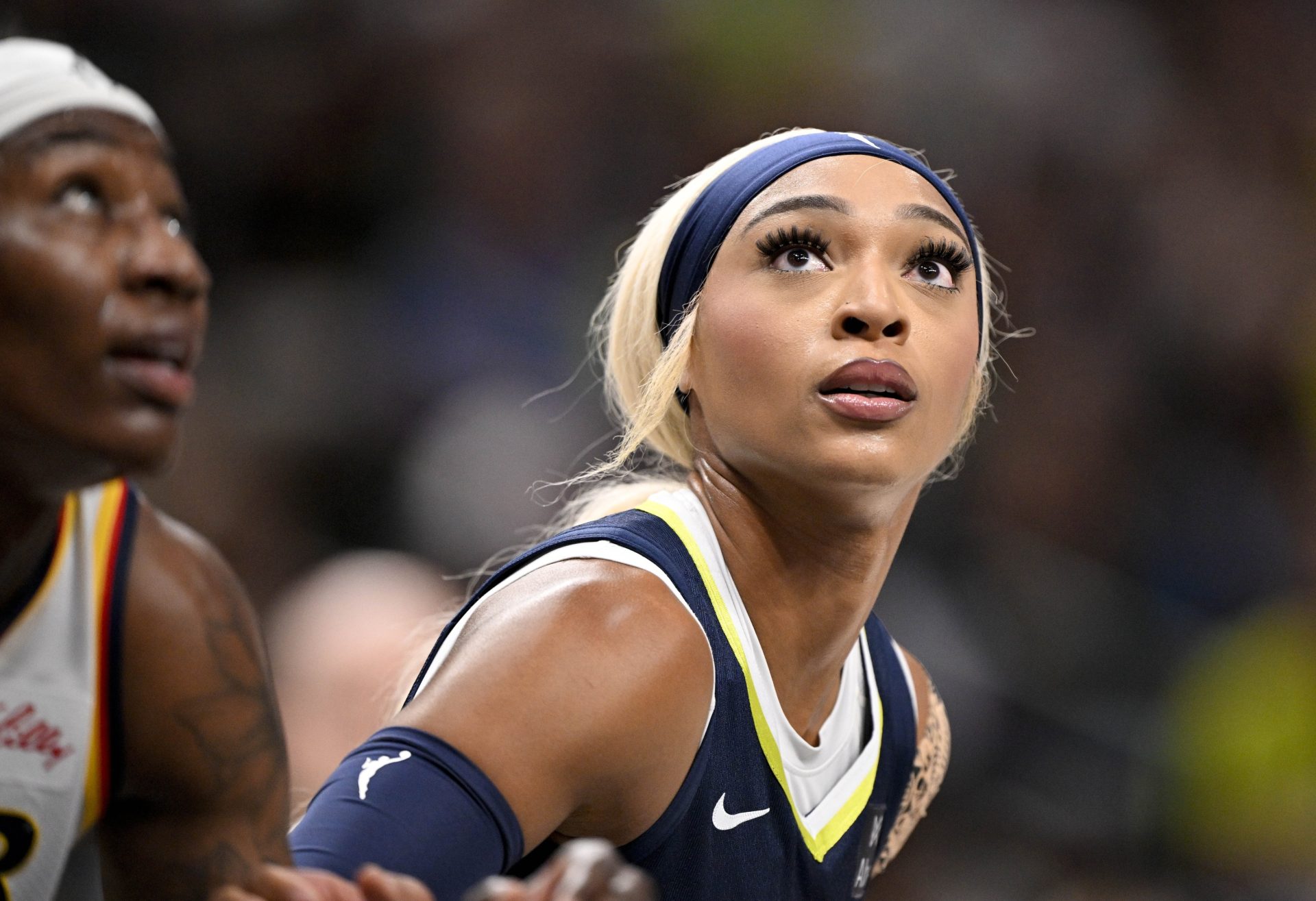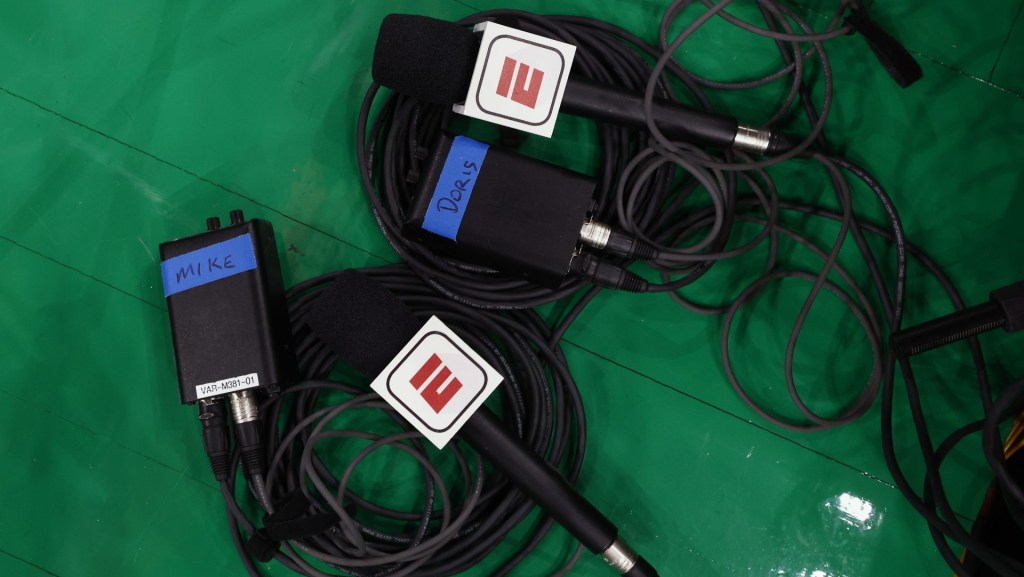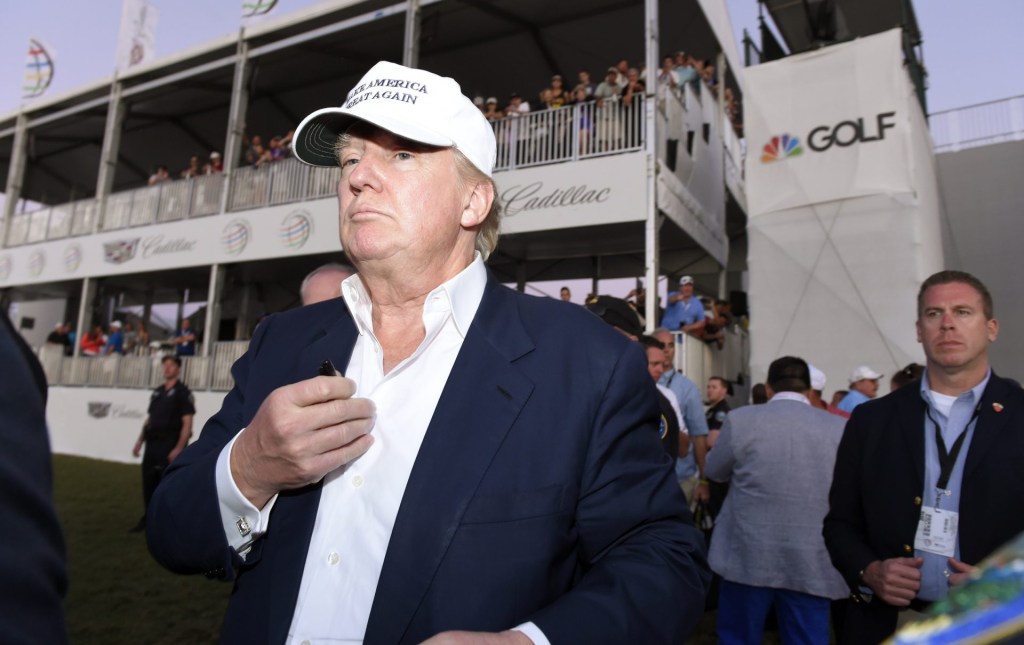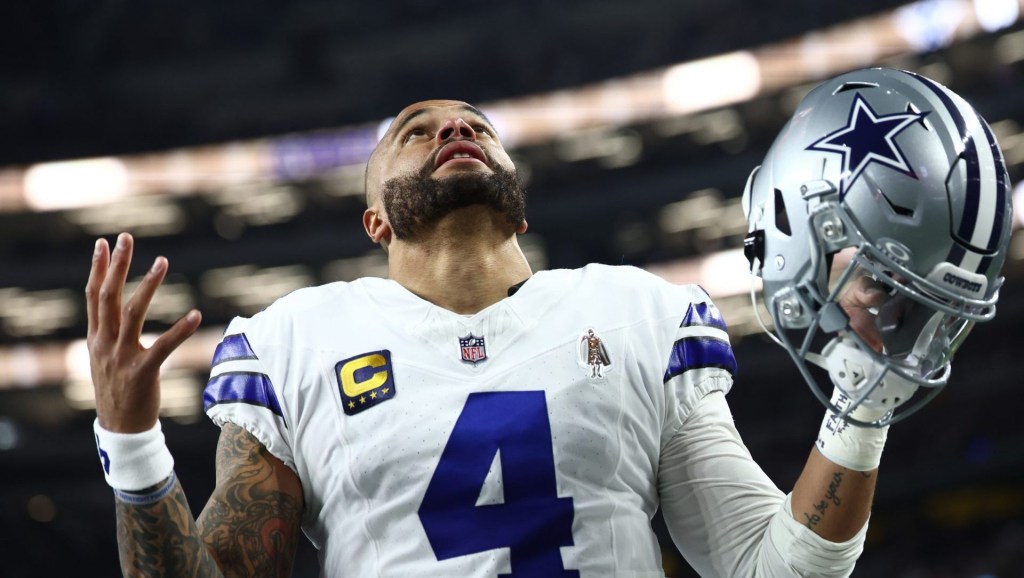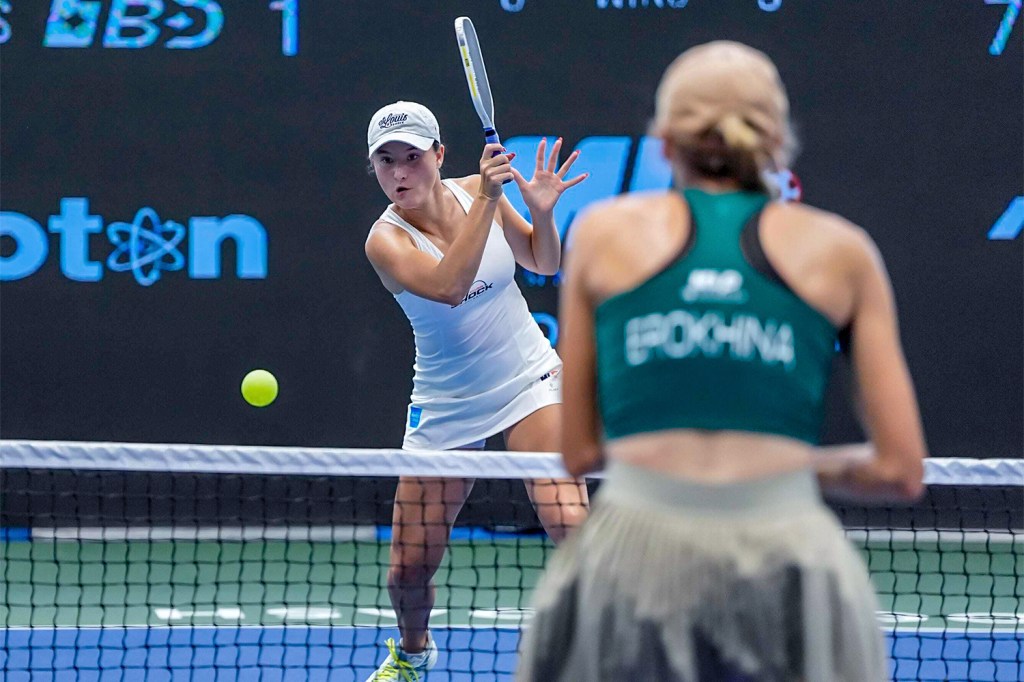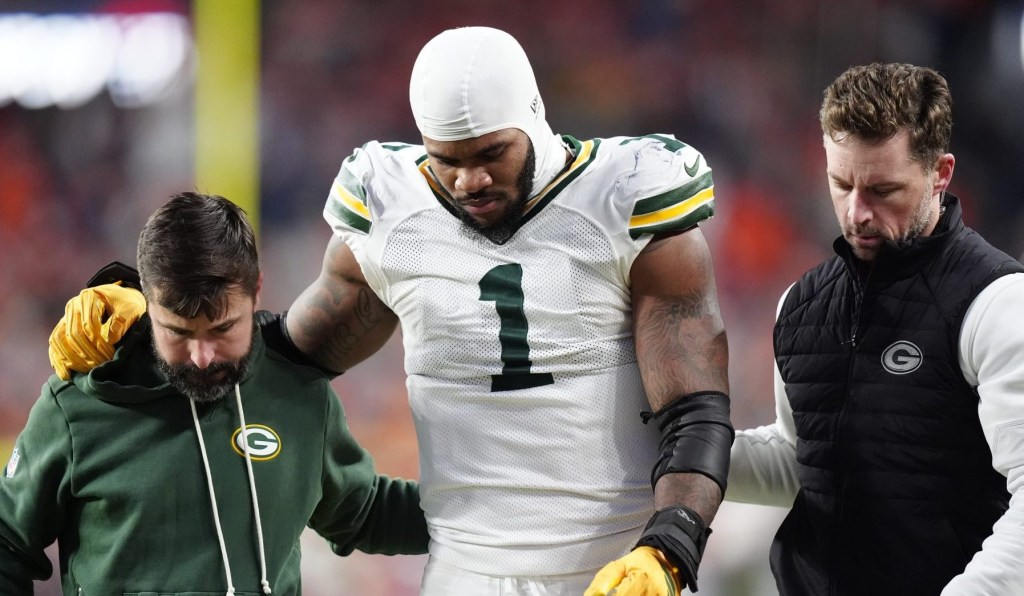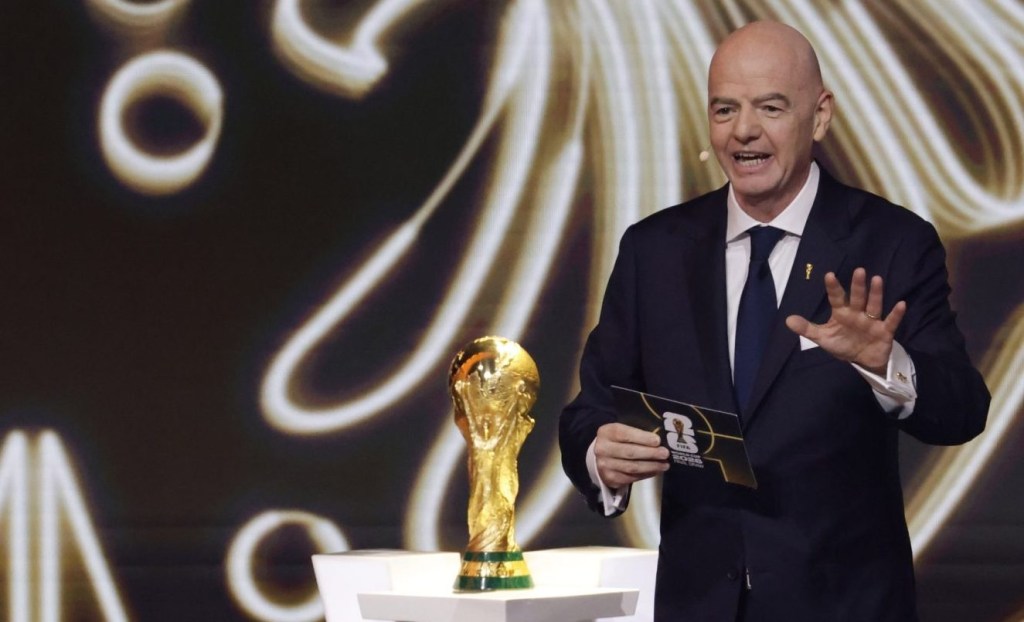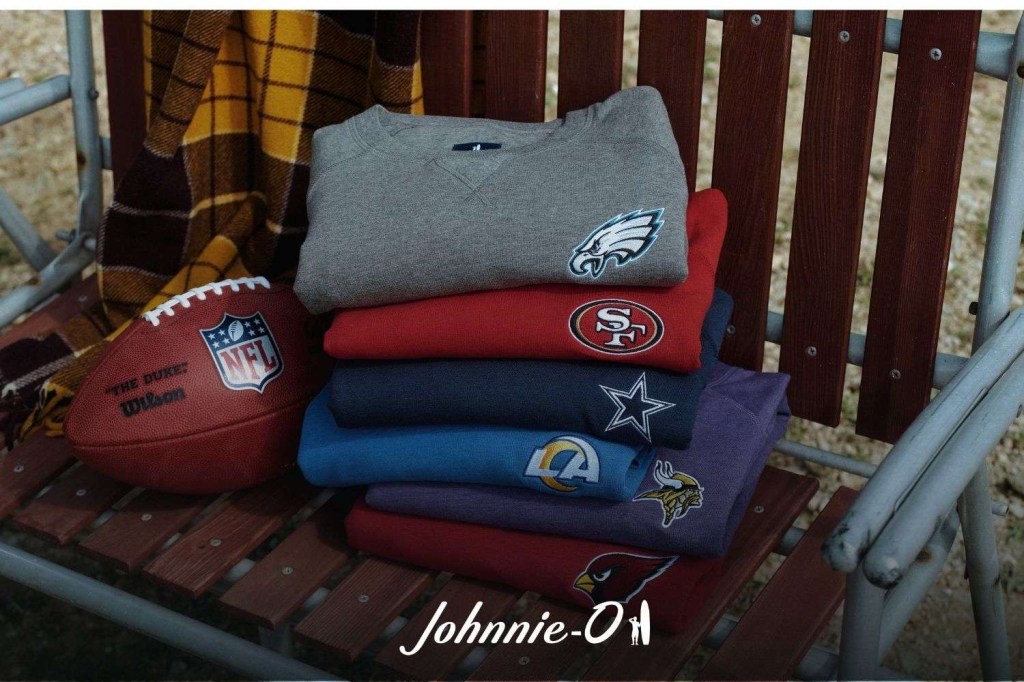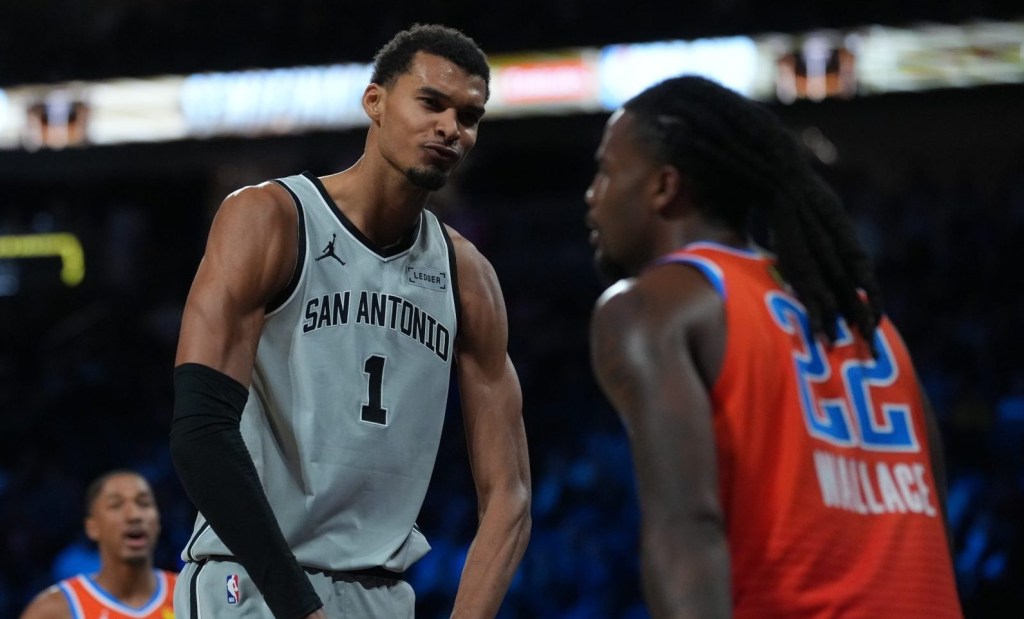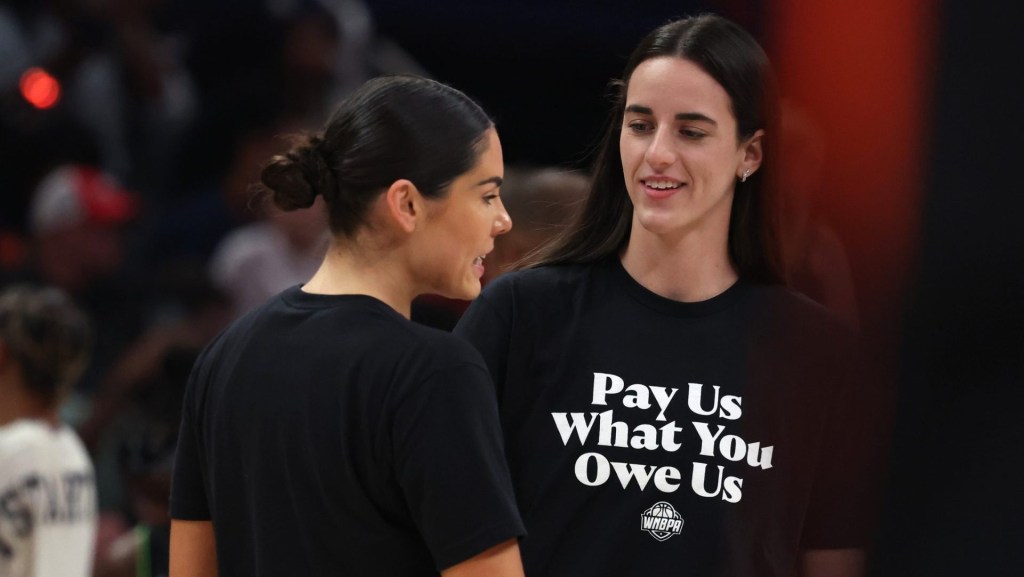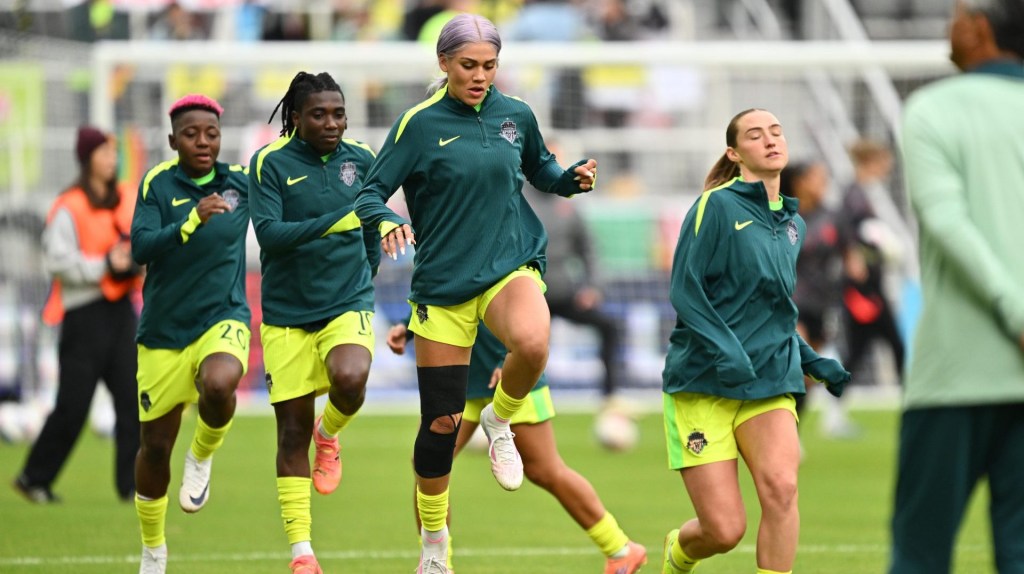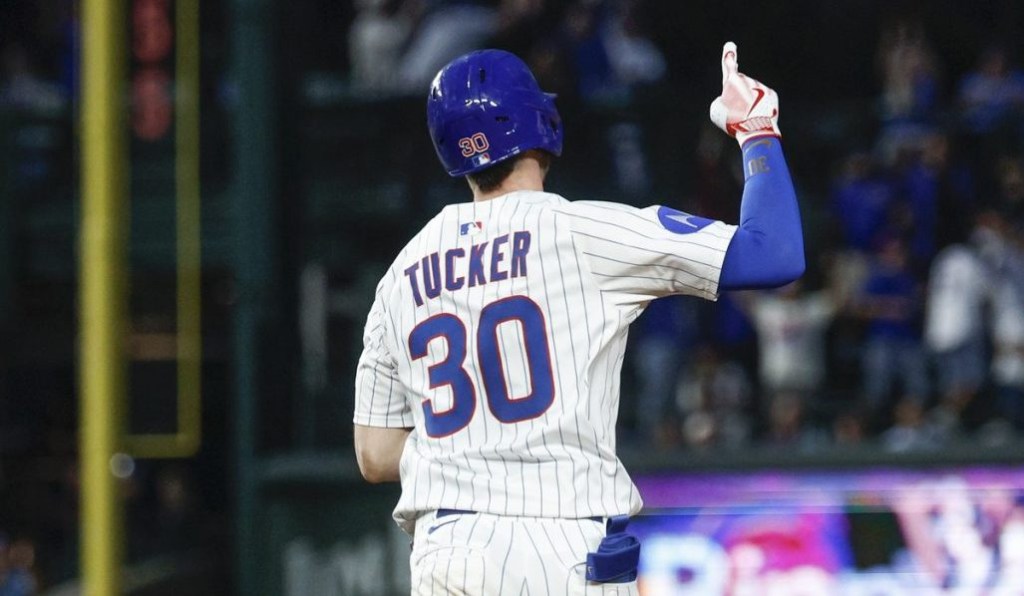The WNBA has a reputation for having one of the drowsiest trade deadlines in professional sports.
That could end after this year.
As negotiations heat up between the WNBA and the Women’s National Basketball Players Association, one of the union’s priorities is a softer salary cap, which might give way to the kind of trade deadline fireworks set off in leagues like MLB and the NBA.
The WNBA currently operates with a hard salary cap of $1,507,100, which has limited front offices’ flexibility when it comes to what moves they’re able to execute given they aren’t able to go over the cap. Oftentimes the trades executed at the deadline were only ones that were close matches on salary.
Last year, there was one deadline-day trade: The Minnesota Lynx acquired Myisha Hines-Allen from the Washington Mystics for Olivia Époupa, Sika Koné, and a 2026 second-round pick. Hines-Allen was a key bench piece for the Lynx’ run to the Finals, appearing in 11 of Minnesota’s 12 postseason games and averaging 11 minutes.
This year, three major trades materialized in the days leading up to the deadline, including one hours before Thursday’s 3 p.m. ET deadline. (MLB, by contrast, saw more than 50 trades in the last day and a half before its deadline last week.
On Aug. 3, the Lynx acquired guard DiJonai Carrington from the Dallas Wings in exchange for Diamond Miller, Karlie Samuelson, and a 2027 second-round draft pick.
Two days later, the Seattle Storm added to their depth with guard Brittney Sykes in exchange for three-time champion Alysha Clark and guard Zia Cooke, who was subsequently waived by the Mystics. The deal also included the Storm’s 2026 first-round draft pick.
The WNBA’s lone deadline-day trade this year was the Connecticut Sun’s acquisition of Mystics forward Aaliyah Edwards for guard Jacy Sheldon and the rights to swap 2026 first-round draft picks.
The haul the Lynx gave up for Carrington emphasizes the possibility that their championship window could be prematurely shortened by the impending free-agency chaos.
When free agency hits in the new year, or whenever a collective bargaining agreement has been ratified, more than 100 players—the majority of the league—will become unrestricted free agents. While some league executives believe there won’t be as much shuffling as fans might think, the level of uncertainty regarding 2026 has emboldened contenders’ win-now mentality.
Carrington, for example, is on an expiring contract valued at $200,000, which means the Lynx are guaranteed to have her under contract only through the end of the season. That makes her an expensive rental, especially by WNBA standards, but she bolsters the league’s top defense and adds depth to a team that is currently missing MVP front-runner Napheesa Collier due to an injury.
